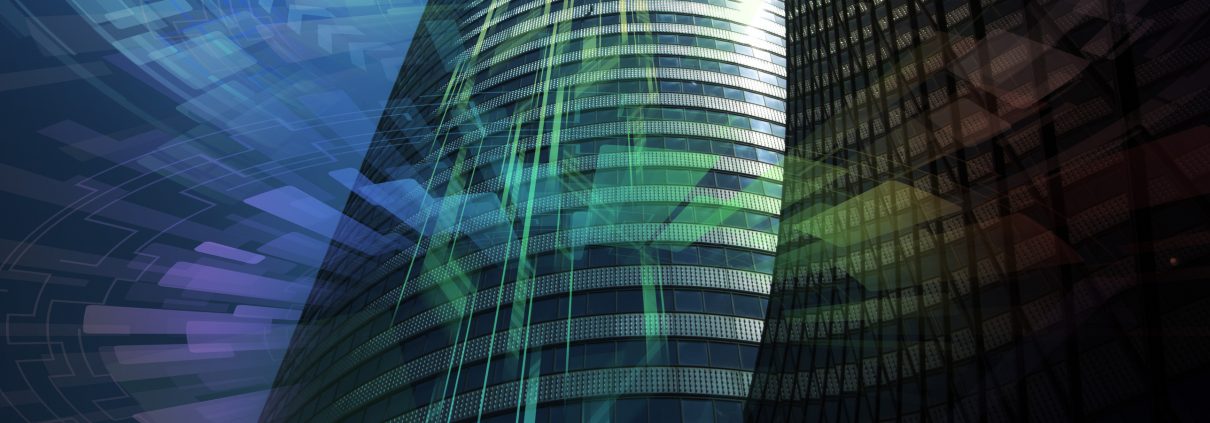The Internet of Things Will Explode by 2020: Focus on the Internet of Experience
In a past article, we said, “by the year 2020, there will be 24 billion Internet of Things (IoT) devices installed around the world.” Internet of Things is a network of internet-connected objects that is able to collect and exchange data.
An extension of IoT is its ecosystem. The IoT ecosystem enables entities to connect to, and control, their IoT device.
Now, since there will be 24 billion devices, there has to be a focus on the ecosystems and the experience with them. We can all agree that with that many devices, there is going to be a whole lot of data – a lot of which may be in limbo between digital and traditional (pen and paper).
Experience when it comes to data analysis is key for workplace productivity.
All the data that is rapidly being created is next to impossible for humans to process traditionally, without any form of automation. Even more, it’s not valuable unless there is some type of conclusion extracted from it. The next logical step is creating artificial intelligence programs that can learn and perform predictive analysis.
In addition to knowing what is next, the smart program can learn from past trends to offer a better prediction of future trends. Has a specific workflow happened over and over? Was the user at a certain location and using a certain workflow? The simplest example of this is an email service creating automated replies according to the content of the email. These things can be accounted for and instantly predicted by a program to improve efficiency.
The experiences can also translate into improved inventory efficiency. Machine learning, the process of artificial intelligence learning from various input/output, can track usage of a product and predict when to purchase more to ensure there is no shortage in inventory.
The best example would be a smart printer.. They are fully integrated into the IoT ecosystem in which it tracks usage and predicts when the ink cartridge will run out. Then, if the settings are active, the printer can order more ink by itself, which minimizes time and effort on the administration. Expand this to more aspects within the workplace and the IoT greatly increases employee experience.
Similarly, use all the data to improve customer experience.
With all the data, companies can build programs that will understand and predict a customer’s preferences. As opposed to a general strategy, implementing this type of strategy will keep the customers engaged and satisfied.
A positive experience and relationship with the customer greatly impacts ROI. Accurately targeted predictions lead to a more successful campaign and customer experience. The best part is that this experience occurs with fewer recurring expenses due to automation.
The best example of this is Google’s platforms. The search, geolocation, and usage details of their search engine, maps, and Chrome browser all compile together to gain insight to what their consumers are like. This knowledge in turn, allows programs such as Google Now to curate products, articles, and useful information for the best type of consumer experience.
——————-
The IoT ecosystem is a vast array of intermingled devices that connect through the internet. The immense amount of data that is being created, and will continue to be created, is jaw-dropping. Every day, 2.5 quintillion bytes of data is being created – that’s about 2.5 billion gigabytes. There are plenty of devices that create the abundance of data, though the processes that parse through the data and create a great experience are still being developed. Integrating these processes into the workplace expands the ecosystem into a full fledged IoT Experience.



